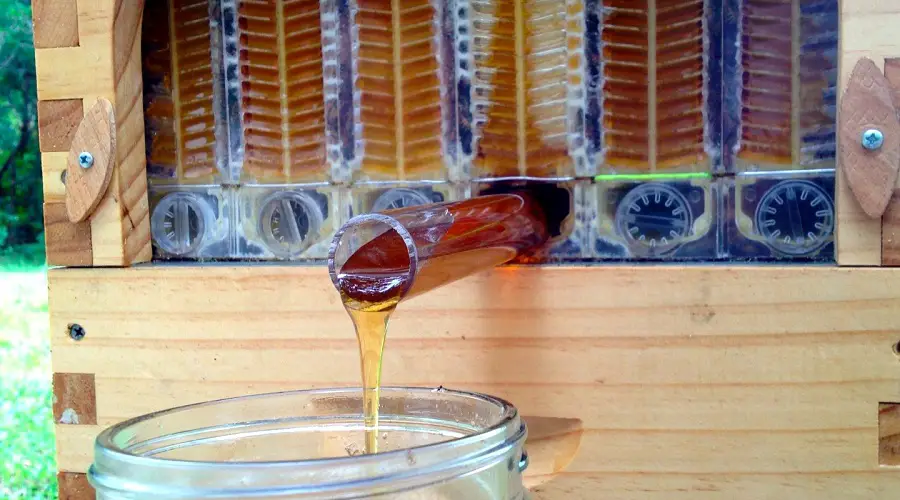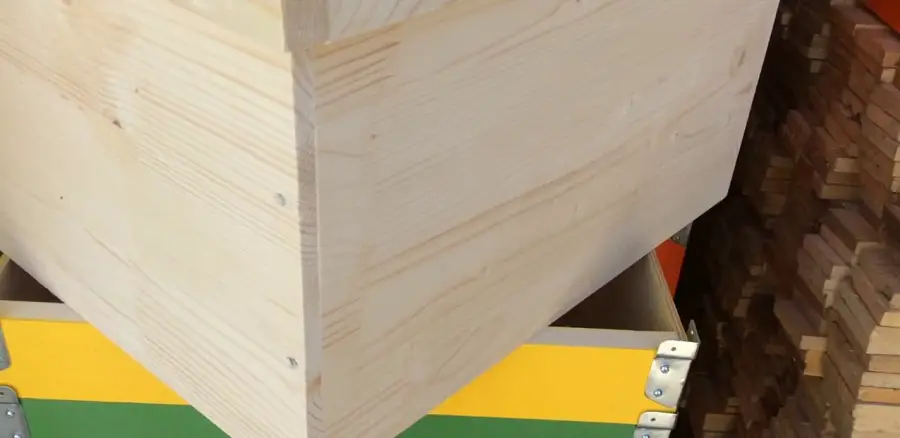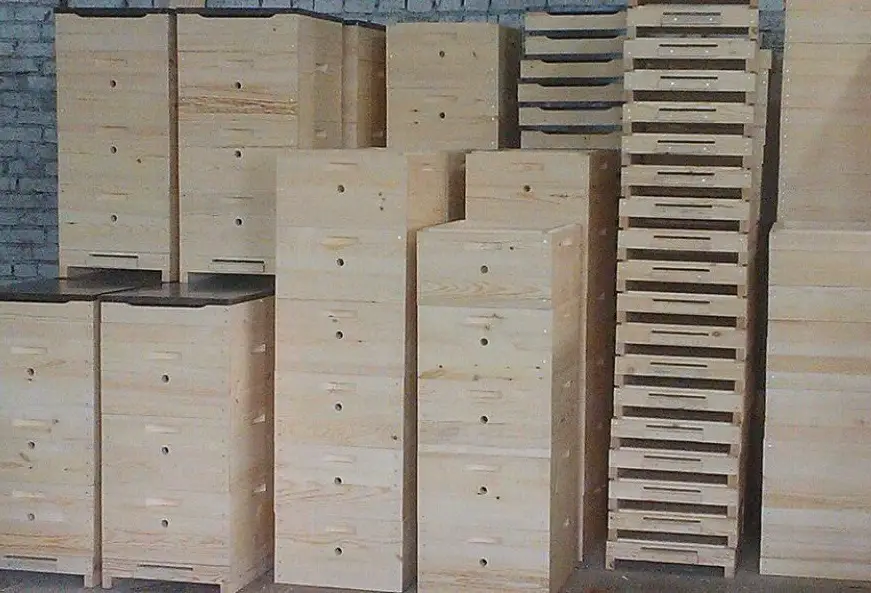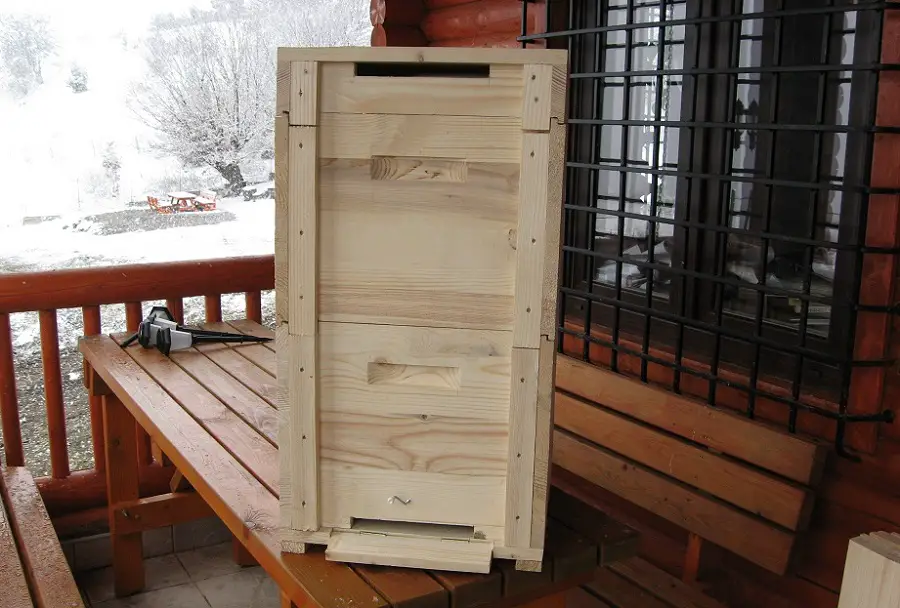We are among the countries with the highest honey production in the European Community. The demand for honey is increasing year by year and this gives many people the courage to start a honey business. To make honey you need beehives, and to make honey production a business, the beehives have to be of quality. That's how hive factories have sprung up where the emphasis is on quality so that the hives can withstand the harsh outdoor conditions as well as possible and for as long as possible. Not for the first time when I tell you about hives. In the meantime, however, I have found out more about beekeeping in our country, at European and world level, which I would like to share with you.
World honey production in figures
The largest producer of honey in the world is China, with a production of more than 500,000 tons/year. It is followed by the European Union with over 200,000 t/year and Turkey with over 100,000 t/year. There are 600 000 registered beekeepers and more than 17 million hives in the EU. The data are official and you can read them here.
Among the EU Member States, only 4 countries produce more than 20,000 t/year, and our country is one of them. The other countries we compete with are Spain, Hungary and Germany. Between 2013 and 2015 Romania ranked first in Europe in honey production. Although in 2017 Romania's honey production reached more than 30,000 t/year (higher than in 2015 - 27,000 t/year), our country lost the first place to Germany.
Despite this increase in honey production, the European Community is still far from being able to meet EU demand for honey. In 2016, for example, over 200,000 tons of honey were imported from China. That is why business development in the sector is being supported, with Romania attracting 10% of the total funds allocated between 2013 and 2015. If I tell you that the funds are allocated according to the number of hives on the territory, then you will also understand how this industry has come to flourish. And the demand for beehives is not limited to Romania alone, with producers exporting the beehives produced in our factories to Hungary, Spain or Germany.

Hive factories in Romania
Last year I attended a seminar organised by Felder Gruppe on Start-Up Nation. One of the 2017 beneficiaries of the program, Marius Mihalca (Triple Wood) from Tulcea, was also invited. His project - accepted into the program - was a beehive factory and he had applied to buy wood processing machinery.
He had been invited to share his personal experience of the project preparation, financing, obstacles encountered, the time it took to receive the money and other such problems he had faced during that period. But I was interested in how he came up with the idea and why hives. I talked to him at the end of the meeting, when we were all gathered in our little churches, trying to find out what we had not asked before.
He told me that he chose to make hives realizing that there was a huge demand. There were many beekeepers in the area complaining about the lack of quality products. He had also learned that there was export demand. A good part of the production was already going abroad. I asked him if he had customers for what he produced. He told me that he could sell double, even triple, but he didn't have the people to produce.
Why am I telling you all this? Because I am convinced that this is a field with a lot of potential and I think it could be a good business idea for some of you.

Advantages of solid panel hives
But back to the hives. As I said at the beginning, this is the time of year when hive factories are working at full capacity. The months of February, March and April are peak months, when it is possible to work in shifts.
In order to obtain quality products that can withstand outdoor conditions as well as frequent handling and transportation, the beehives are made of solid wood panels. Sometimes these panels are layered so that there is not the slightest problem of warping or dimensional variation. A producer from Oradea It even says that the wood used to make beehives is similar to that used to make windows and exterior doors.
The main advantage of using these panels is that any defects in the wood are removed, eliminating the risk of cracking or warping on the outside. There are no gaps between the elements because they are glued together. The construction is sound and strong and can be transported safely. Even if more aggressive actions are required, such as detaching the honey supers from the rest of the hive with a chisel, the hive will hold up very well.
Hives are made from wider wooden elements (10-12 cm) that are no longer joined together nut and stink as in the past but are glued in the press. For safety the adhesive must be D4. Before they are glued together, the elements are extended, being joined in the teeth. This time too, D4 exterior resistant adhesive must be used. If necessary, laminate the panels to eliminate any risk of dimensional variation over time.

TISZABOND adhesives - the choice of many hive manufacturers for the Romanian and European market
The quality of the adhesive is very important when assembling hive panels. Company Szolvegy from Târgu Mureș has been cooperating for years with companies producing hives for export to Hungary and other EU countries. His long experience allows him to recommend the best options with which the producer will certainly not fail.
We recommend the use of TISZABOND D 4 adhesives, both mono and bicomponent. They are very high quality adhesives with very good resistance to humidity and outdoor conditions. Because they contain no filler they are much more elastic. The reactive groups present inside the adhesive allow an advanced cross-linking which gives the resulting film a much better resistance. Very strong bonds are obtained by following the instructions in the product data sheet. The hive can thus withstand repeated moves from one place to another, as well as rain, snow, wind or other problems faced by an object that is outside most of the year. From what some beekeepers have told me, there are even hives that only stay outside.

I hope I have come up with new, interesting and useful information for you this time. You can share if you think the information can help others. And if you have any questions or comments, please leave them below in the dedicated space.



































Only, to my knowledge these hives (lazies) cannot be used for organic honey production. That's because of the adhesive.